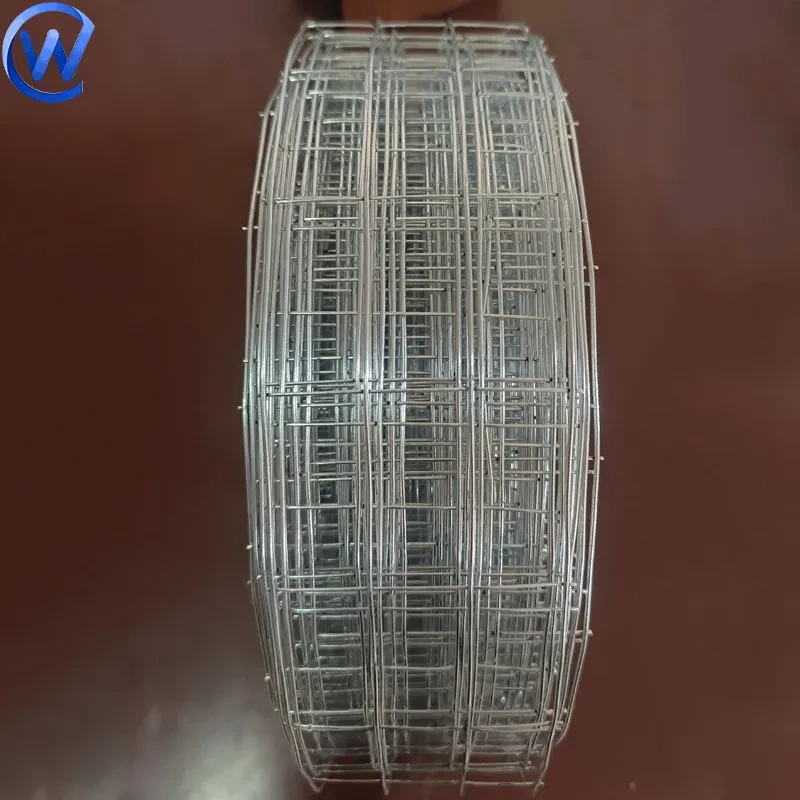-
+86 15030157877
-
sales@galvanizedmetalmesh.com
Aug . 11, 2024 17:24 Back to list
Exploring the Symbolism and Utility of Barbed Wire in Modern Society and History
The Dual Nature of Barbed Wire A Symbol of Protection and Confinement
Barbed wire, a simple yet profound invention, has played a crucial role in shaping landscapes, lives, and ideologies. Initially designed as a practical means to enclose livestock, its uses have evolved, reflecting both its protective qualities and its darker implications. This dual nature of barbed wire makes it a compelling subject for exploration.
Invented in the late 19th century by Joseph F. Glidden, barbed wire revolutionized fencing practices in agriculture. The sharp protrusions allowed farmers to protect their crops and livestock from wild animals and neighboring farms, creating a clear delineation of land. This innovation not only increased efficiency in farming but also symbolized ownership and control over land. The prairie landscapes of America, once open and untamed, became defined by stretches of barbed wire fencing, marking the boundaries of human endeavor.
However, the very attributes that made barbed wire an essential tool for land management have also made it a potent instrument of confinement and oppression. Throughout history, barbed wire has been used to secure prisons, internment camps, and military zones. Its presence often signifies a stark transition from freedom to restriction. For instance, during World War II, barbed wire was extensively employed in concentration camps, where it served both as a physical barrier and a psychological tool, instilling fear and hopelessness in those confined within its grasp. The imagery associated with barbed wire in such contexts reveals a disconnect from its intended purpose, transforming it into a symbol of suffering and loss of freedom.
barbed wire

The contrast between protection and confinement is further emphasized in contemporary discussions surrounding borders and immigration. Borders, fortified with barbed wire, have become a contentious issue as countries grapple with the challenges of migration. While proponents argue that barbed wire provides security and control, it simultaneously alienates and endangers those seeking refuge. The boundary line, once a clear demarcation of territory, has become a site of humanitarian crisis, where the very existence of barbed wire may prevent asylum seekers from reaching safety.
Moreover, the aesthetic value of barbed wire cannot be ignored. Artists and photographers have often used it as a motif, exploring themes of vulnerability, entrapment, and resilience. Its jagged edges and rusted surfaces evoke a sense of beauty intertwined with brutality. In installations and multimedia works, artists challenge viewers to confront the complex narratives associated with barbed wire – narratives that speak to the human experience of displacement, conflict, and survival.
In literature, barbed wire serves as a potent emblem of the struggles and tensions that define human existence. Writers have utilized its imagery to reflect on themes of division and connection. In many ways, barbed wire encapsulates the paradox of human civilization – a creation intended for protection and security often morphing into a barrier that isolates and inflicts pain.
As we reflect on the legacy of barbed wire, it is crucial to understand its multifaceted implications. It stands as a testament to human ingenuity and the quest for security but also serves as a reminder of the consequences that can arise when fences are erected not just around land but also around communities and individuals. As societies continue to navigate issues of boundaries, identity, and belonging, the narrative of barbed wire remains ever-relevant, challenging us to consider how we define protection and the cost of confinement.
-
Welded Gabion Solutions: Durable & AI-Enhanced Designs
NewsAug.01,2025
-
Premium Welded Gabion Mesh | Robust & Eco-Friendly
NewsJul.31,2025
-
Premium Eco-Friendly Roof Tiles | Affordable & Durable
NewsJul.31,2025
-
Premium Roof Tiles for Durable & Stylish Roofing Solutions
NewsJul.30,2025
-
High-Quality Roof Tiles for Durable & Stylish Roofing Solutions
NewsJul.29,2025
-
High Quality Square Wire Mesh Manufacturer & Supplier for Wholesale
NewsJul.29,2025



